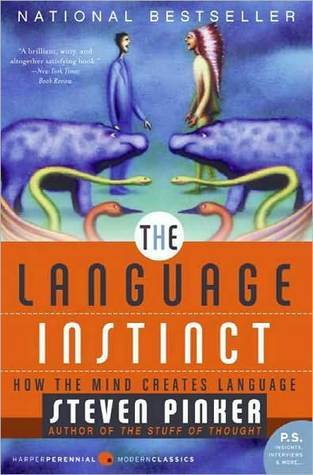Neuroimaging studies suggest that a second language acquired in childhood is processed in the brain in a different way than a second language acquired in adulthood: in the former case, the two languages completely overlap; in the latter, they stake out distinct adjacent regions.
Welcome back. Just a moment while we sign you in to your Goodreads account.


